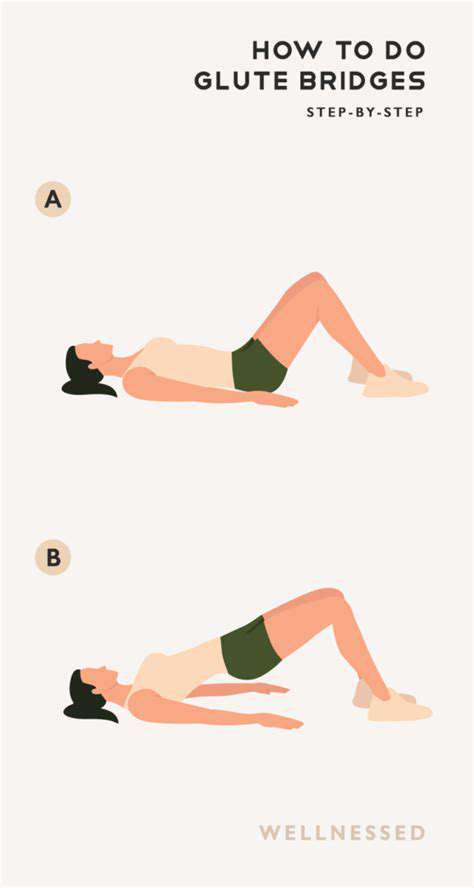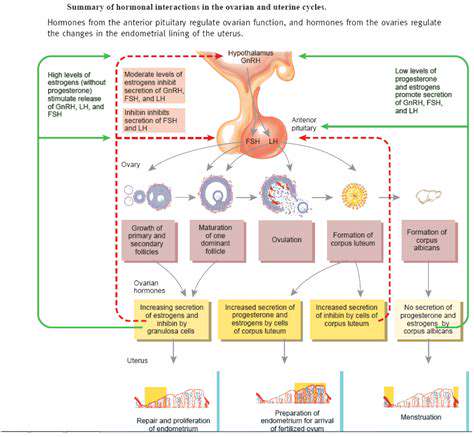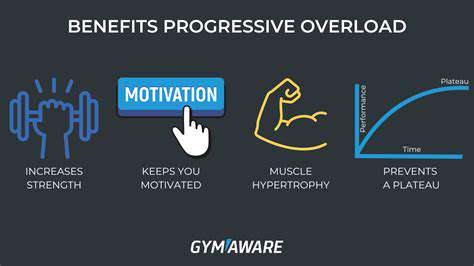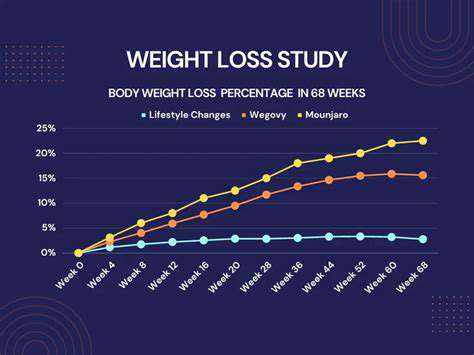How to Build a Habit of Daily Movement
Tracking Your Progress and Celebrating Milestones
Understanding Your Baseline
Before diving into establishing a daily movement routine, it's crucial to understand your current activity level. This baseline serves as a critical reference point. Are you currently sedentary, moderately active, or already engaging in regular exercise? Knowing your starting point allows you to tailor your goals and track your progress effectively. This initial assessment helps you set realistic expectations and avoid feeling discouraged by overly ambitious targets. Recognizing your existing habits and energy levels is the first step towards sustainable change.
Setting Realistic and Measurable Goals
Setting achievable goals is paramount to maintaining motivation and momentum. Instead of aiming for an hour-long workout every day, start with smaller, more manageable goals. Perhaps 15 minutes of brisk walking or a 10-minute yoga session. These smaller victories build confidence and reinforce the positive habit loop. Furthermore, make sure your goals are measurable. Tracking the duration, intensity, or type of movement you perform allows you to objectively assess your progress. This creates a sense of accomplishment and provides encouragement for continued efforts.
Tracking Your Activity: Tools and Methods
Utilizing various tools and methods to track your activity can significantly enhance your ability to stay motivated and monitor your progress. Consider using a fitness tracker or a simple notebook to record the time, type, and intensity of your daily movement. There are many free apps available that can help you visualize your progress and even set reminders for exercise. The key is finding a method that works for you and that you can consistently use to stay on top of your progress. Tracking helps you understand patterns and identify areas where you can improve or maintain a healthy routine.
Celebrating Milestones, No Matter How Small
Acknowledging and celebrating your progress, even the smallest victories, is crucial for maintaining motivation. Did you manage to walk for 20 minutes instead of the usual 15? Did you complete a yoga session despite feeling tired? These achievements deserve recognition. Celebrate these milestones by rewarding yourself with something you enjoy, like a healthy snack, a relaxing bath, or simply taking a moment to appreciate your hard work. This positive reinforcement keeps you motivated and eager to continue on your journey towards a healthier lifestyle.
Adjusting Your Routine as Needed
Your daily movement routine shouldn't be static. As you progress and your body adapts, it's essential to adjust your routine accordingly. Perhaps you find that 15 minutes of walking is no longer challenging enough. Consider increasing the duration or intensity of your workouts. Conversely, if you're experiencing injuries or setbacks, adjust your routine to accommodate your needs. Flexibility and adaptability are key to long-term success. Listen to your body and make necessary modifications to maintain a sustainable and enjoyable routine.
Staying Motivated and Overcoming Challenges
Maintaining motivation can be challenging, especially when faced with obstacles or plateaus. To stay motivated, connect with others who share your goals. Join a support group, find an exercise buddy, or participate in online communities. These connections provide encouragement and accountability, helping you stay on track. Furthermore, remember why you started. Visualize your desired outcome and remind yourself of the benefits of a healthy lifestyle. This visual reminder can help you stay focused even during challenging times. Building a habit of daily movement is a marathon, not a sprint, and staying motivated is crucial for long-term success.
Read more about How to Build a Habit of Daily Movement
Hot Recommendations
-
*Guide to Managing Gout Through Diet
-
*Best Habits for Financial Well being
-
*How to Build a Routine for Better Mental Health
-
*How to Eat Healthy on a Budget [Tips & Meal Ideas]
-
*Guide to Practicing Self Acceptance
-
*How to Incorporate More Movement Into Your Day
-
*Guide to Managing Chronic Pain Naturally
-
*Guide to Building a Reading Habit for Well being
-
*Top 5 Weight Loss Supplements That Actually Work
-
*Best Exercises for Postpartum Recovery [Beyond Abdominal Work]
![HIIT Workout for Fat Loss [20 Minute Routine]](/static/images/26/2025-05/Exercises28Example293A.jpg)









![How to Improve Your Pull Up Strength [Beginner to Advanced]](/static/images/26/2025-06/NutritionandRecovery3AEssentialComponents.jpg)
![Best Pre Workout Supplements Reviewed [2025]](/static/images/26/2025-07/KeyIngredients26TheirEffects.jpg)